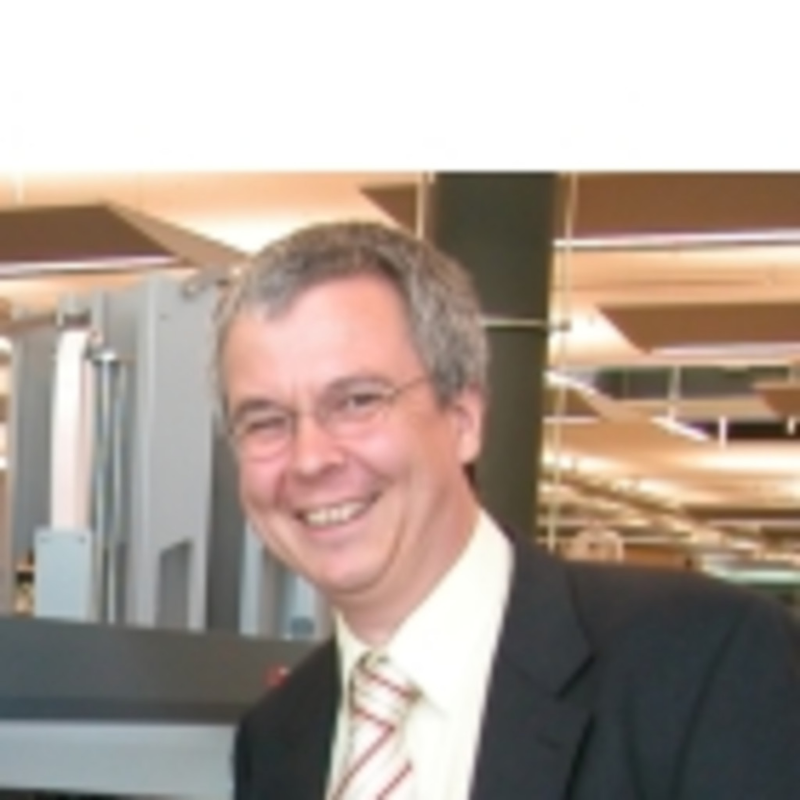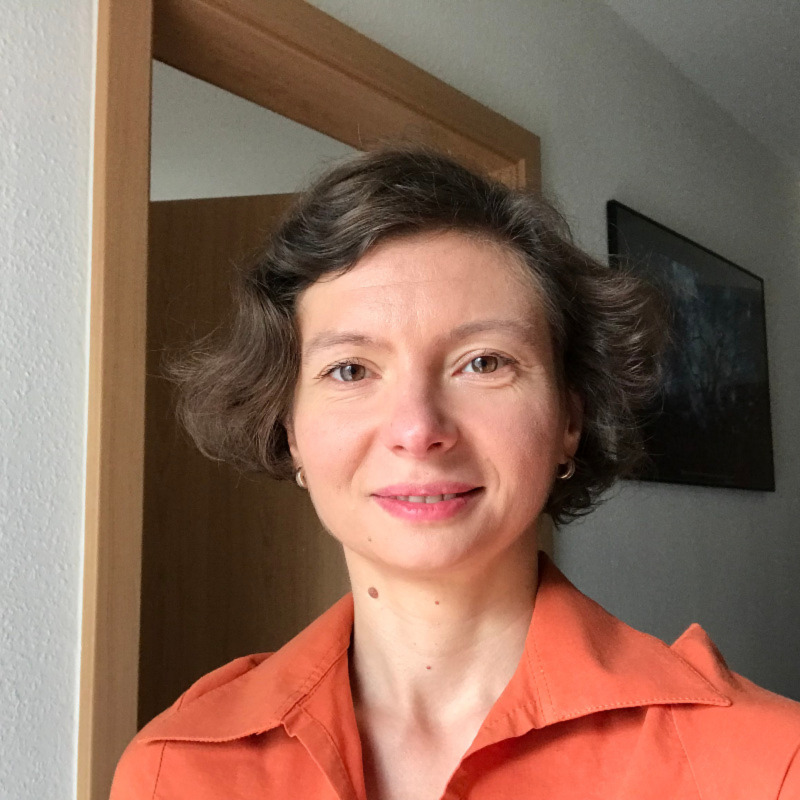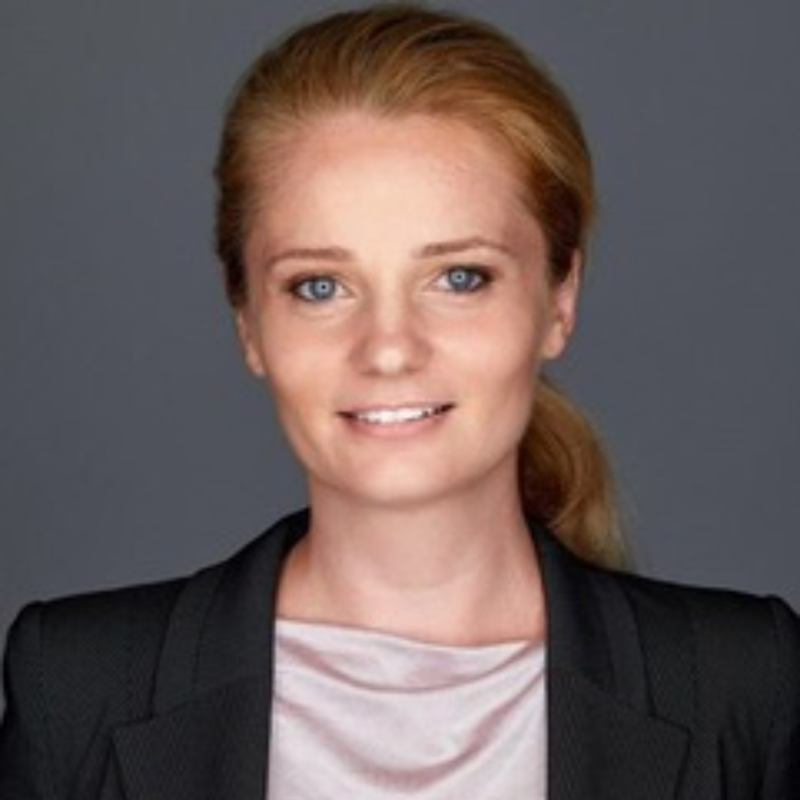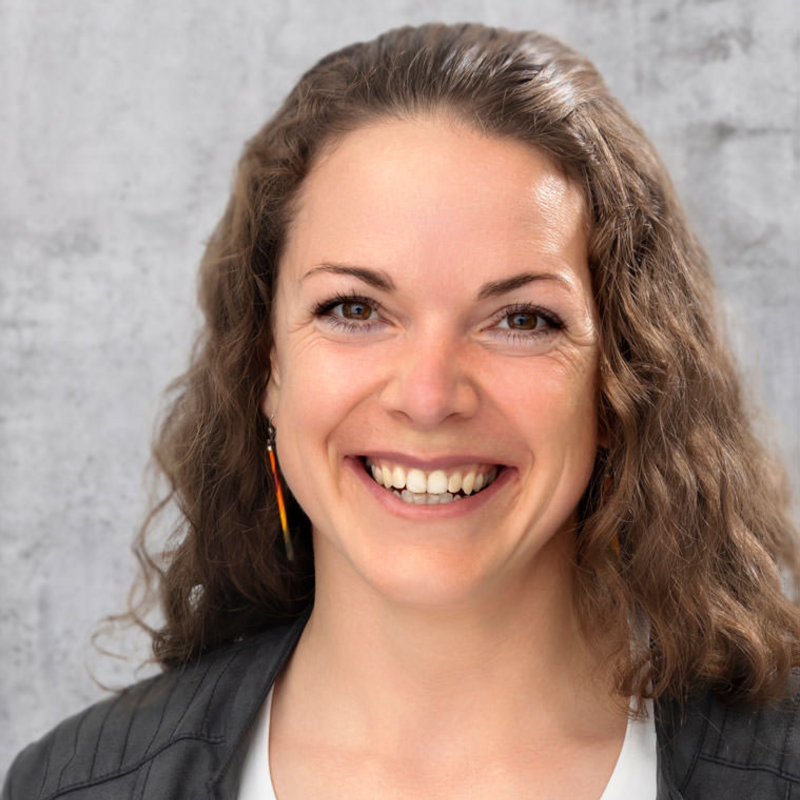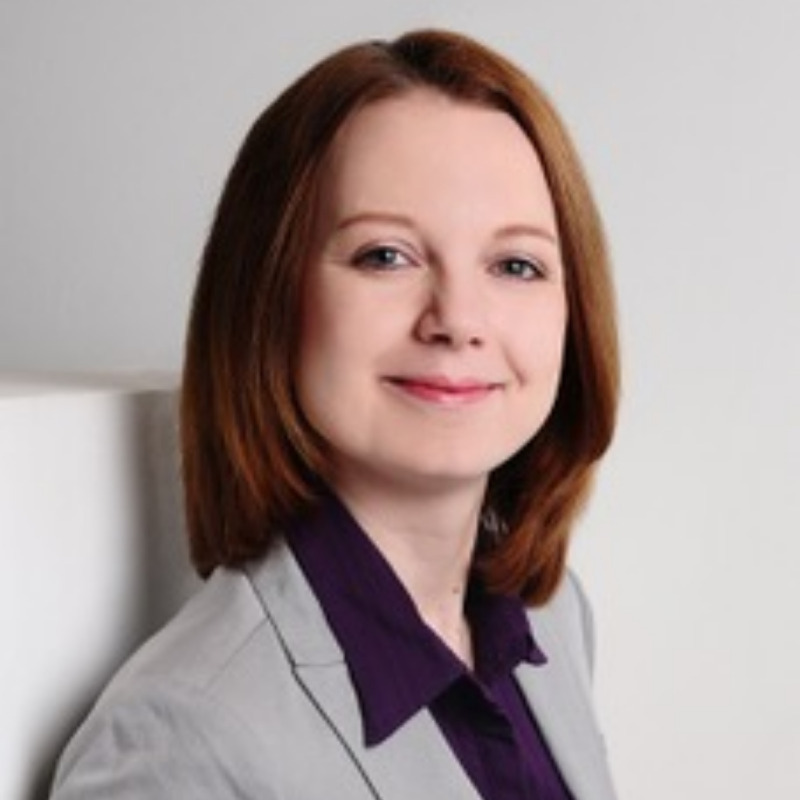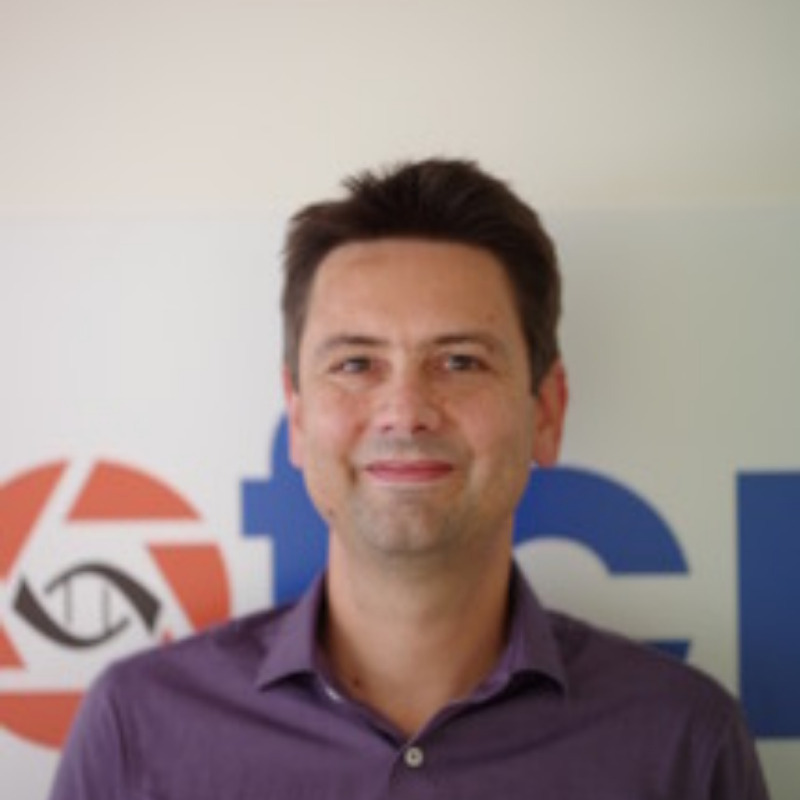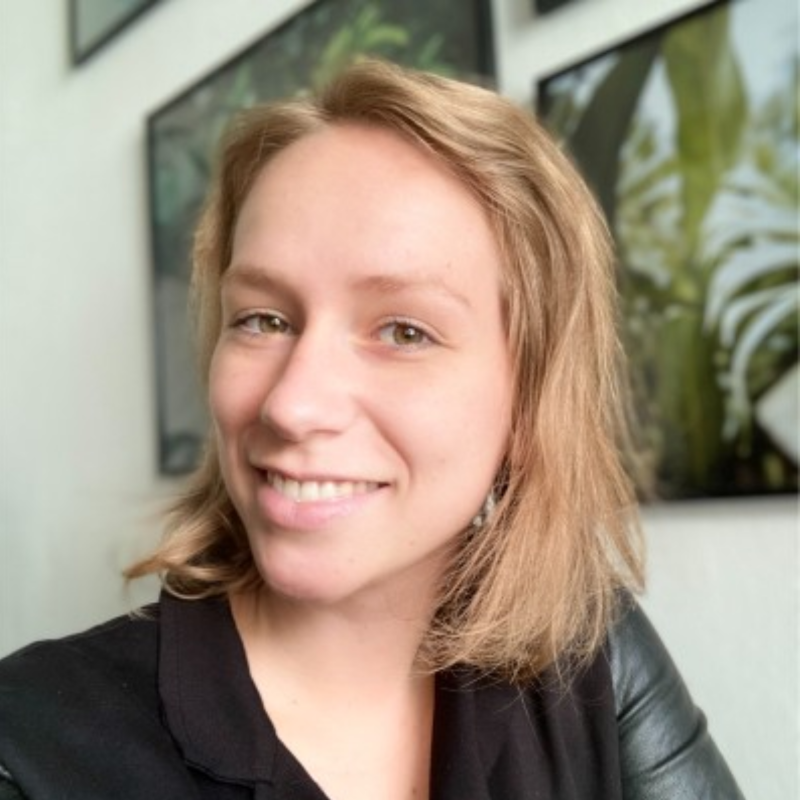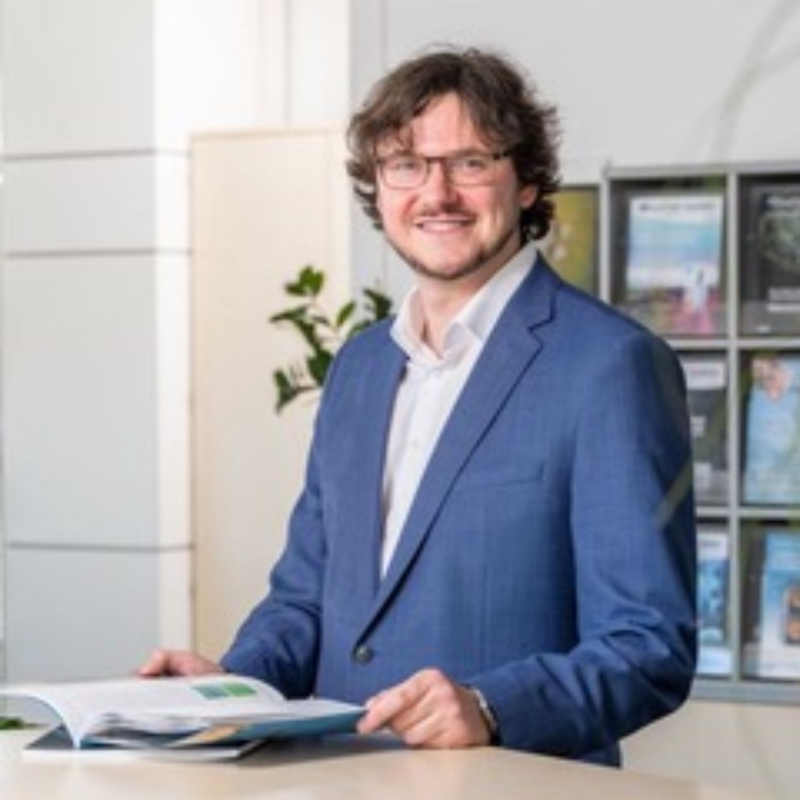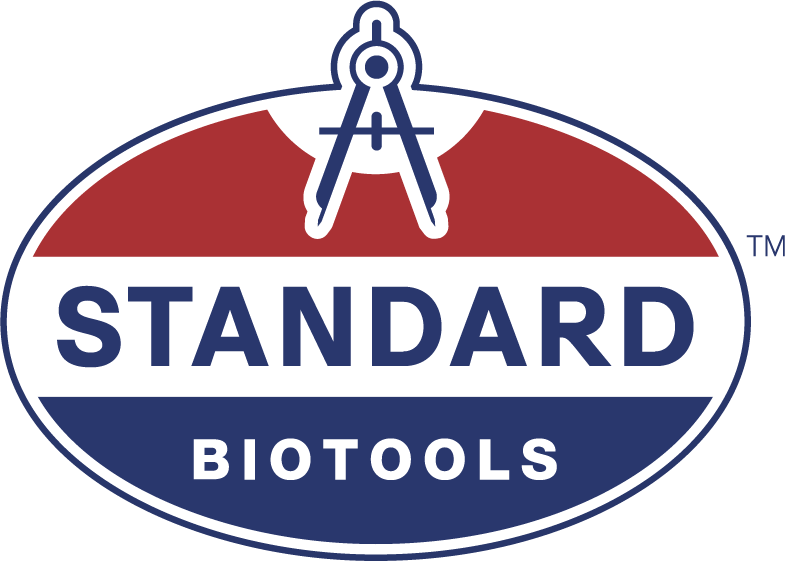BD Biosciences (Commercial talk) : Combining cytometry with multi-omic single cell transcriptomics – a user’s perspective & re-Discover Flow Cytometry and Cell Sorting
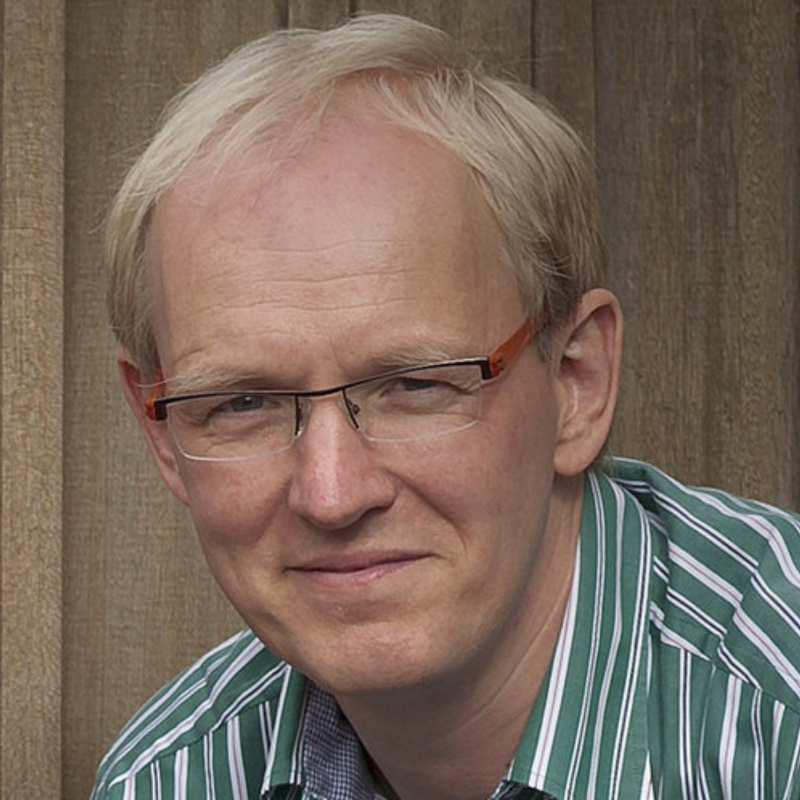
Abstract
Talk 1:
Combining cytometry with multi-omic single cell transcriptomics – a user’s perspective
Single-cell RNA-sequencing (scRNA-seq) has revolutionized our understanding of the human immune system, providing unprecedented insights into cellular heterogeneity, for example in the context of the anti-tumor immunity. However, to gain a deeper understanding of immune cell function it is usually required to move beyond simple clustering and the analysis of transcriptional signatures. For this it is a necessity to isolate cells by means of surface protein phenotype for follow-up experiments.
CD4+ regulatory T cells (Tregs) and exhausted CD8+ effector T cells are currently considered to be the main culprits for ineffective immune responses in solid tumors. Here, we show how the combination of high-dimensional cytometry with multi-omic scRNA-seq techniques can provide additional read-outs on the function of these tumor infiltrating T cell subsets, and can help to make the most out of precious human tissue biopsies, which are typically very limited in size and availability.
Talk 2:
re-Discover Flow Cytometry and Cell Sorting
During recent years, the interest in high parameters flow cytometry has been steadily growing and the development of instruments with more lasers and more detectors has helped fuel that trend. The introduction of spectral detection pushed the envelope even further. We now need better dyes to help simplify panel design and make high parameter assays more robust. Unfortunately, many potential parameters have been left untouched. Here, we introduce a new cell sorter platform that combines high parameter spectral flow cytometry, high speed cell imaging and cell sorting into one device. It allows users to not only use classical “whole cell” measurements but includes an array of image-derived parameters to classify and sort cells. This new technology offers users the possibility to re-think and maybe even re-discover flow cytometry and its applications.

